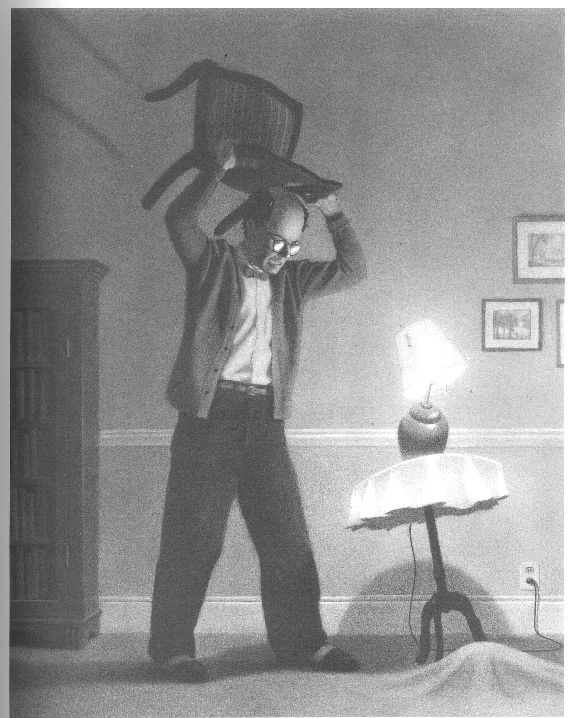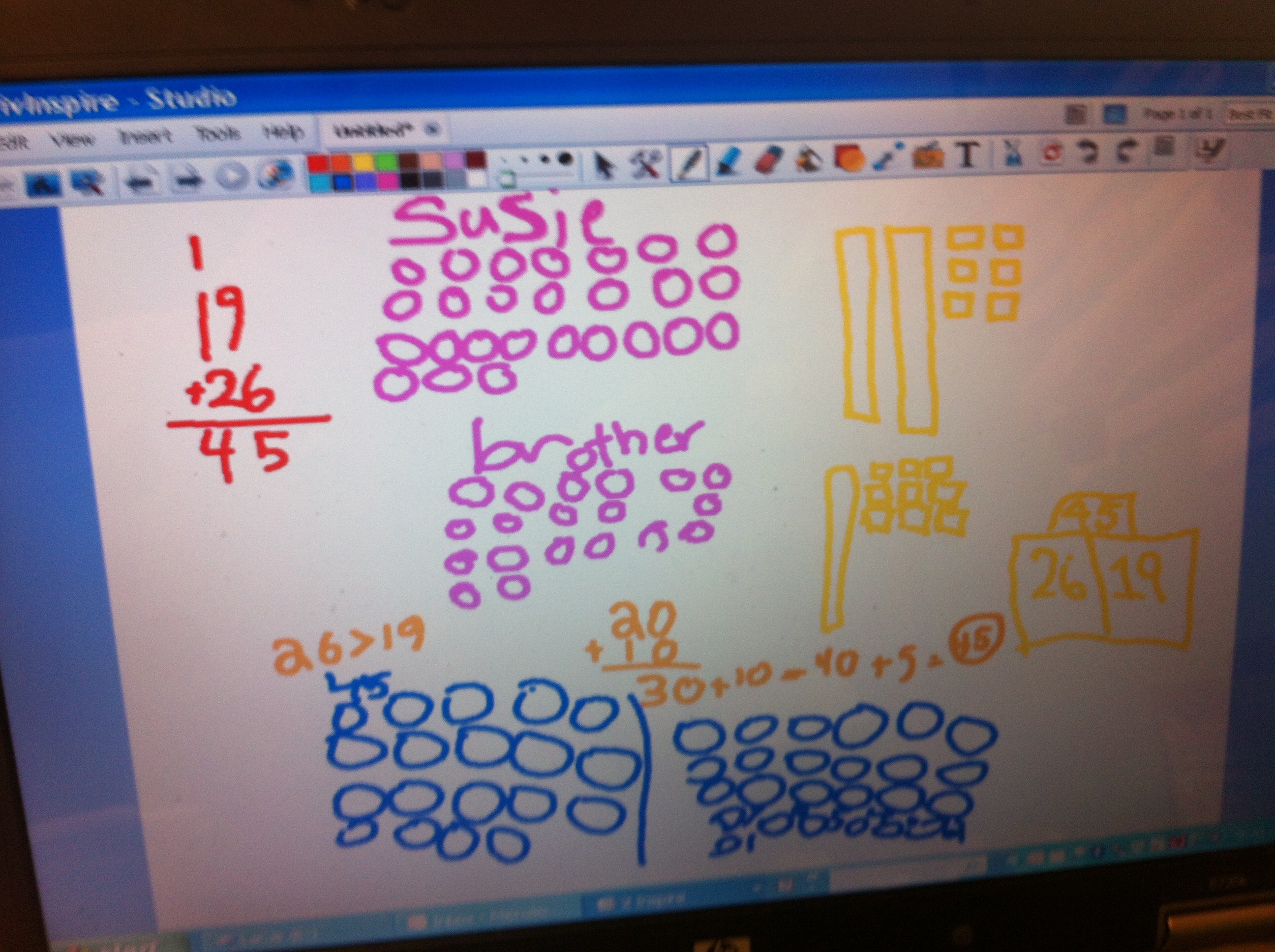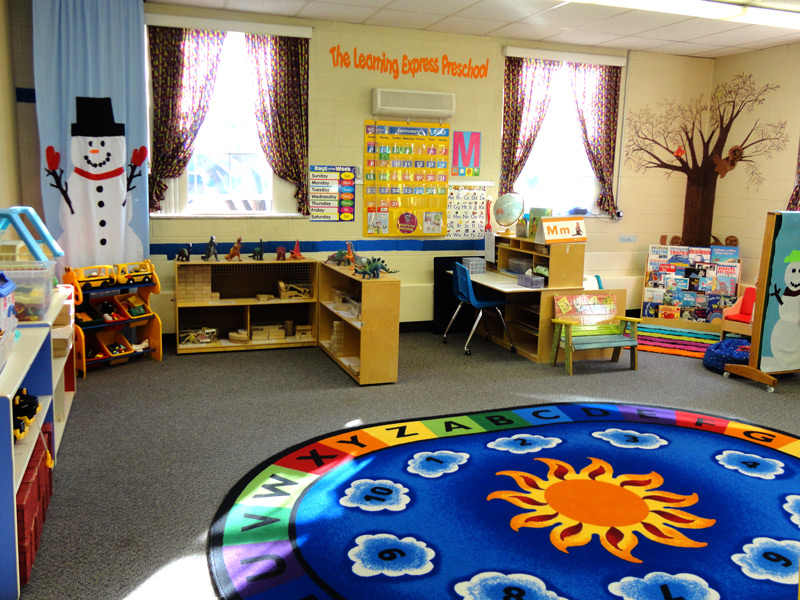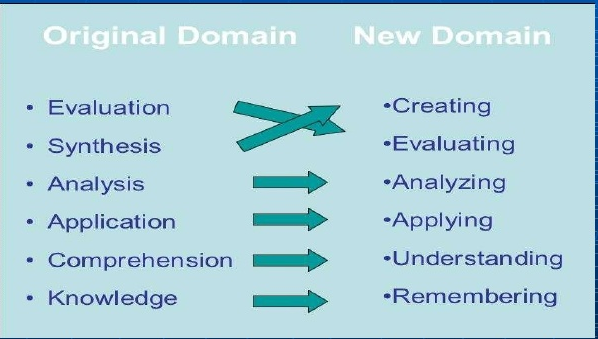In one of my posts, I talked about one of my favorite professors. This a great resource/information on play in the classroom.
Types of Drama:
- Dramatic and Socio-dramatic play– children are both actors and directors. As actor’s children actually experience the feelings, thoughts, and behaviors of the roles they are playing. As directors, they imagine feelings, thoughts, and behaviors.
- Story Play– also called story dictation is form of guided drama that uses children’s own stories as the content for enactment. Children can both be writers and actors dictating stories to an adult or by writing their own stories that later become plays to dramatize.
- Pantomime- is a type of informal drama, is a good starting point for the dramatic arts. Children use gestures and movements to communicate ideas, feelings, and actions-all without words.
- 4. Puppets– they add life to the classroom by naturally fostering creativity, imagination, and arts based learning. They help children convey feelings, emotions, values, and ideas, they invite children to explore their imagination and share it with others.
- Story Drama– a type of interpretive drama, is based on the reenactment of familiar stories, poems, and fables, or original stories, sometimes called story retelling, story drama often consists of a teacher led group with children creating scenes from familiar literature that use both dialogue and movement.
- Reader’s Theater- another form of interpretive drama, is an oral reading of a story or script by a group of readers. In selecting literature for readers theater, choose stories with a simple plot, a clear ending, characters that are understandable through their dialogue and repetitive words, and phrases if available.
Benefits of using puppets
- Use of an object to symbolize something else
- Different perspectives
- Children teach each other
- Act out a roll realistically
- Differentiate between props for different professions
- Self expression, story telling, improvisation, and enactment
- Risk taking and building confidence in speaking abilities
- Social negotiation
- Releasing emotions, distinguishing between reality and fantasy and practicing life experiences
Difference between 2 types of playgrounds (traditional and creative) and their purposes:
- Traditional Playgrounds originated in early part of the twentieth century and were designed for physical exercise to emphasize gross motor skills
- Contain large steel immovable equipment
- Climbing bars, slides and swings
- Lack variety and challenge
- May appeal less to physically able children who are reluctant to participate in these types of gross motor activities
- Creative Playgrounds adopted in the twentieth century from the adventure playground concept, are a way to integrate elements of adventure playgrounds into contemporary settings
- Contain a superstructure of movable parts
- Are action-oriented provide a safe underneath surfaces, and offer a variety of stimulating materials and equipment
- Promote all forms of play
- Offer children numerous possibilities for social interaction
Justify benefits of recess
- Provides students with discretionary and opportunities to engage in physical activity that promote healthy bodies and minds
- Reduces stress
- Improves children’s attentiveness
- Decreases restlessness
- Unites mind, body, and spirit of the child
- No obesity
- Helps students socially, physically, and physiologically
Divergent and convergence
- Divergent- invite a variety of children responses through exploration, experimentation, and original thinking that stimulate their problem solving ability
- Examples: blocks, carpentry, tools, dress up, clothes, paint, markers, modeling dough, and mud
- Enable children to use their imaginations in original and satisfying ways
- Encourage children to work cooperatively
- Builds self esteem
- No right or wrong way to use the toy
- Process oriented not product oriented
- Convergent- leads children to think about a single or correct way to use them
- Examples: Wind up dolls, talking dolls, and coloring books
Benefits of children inventing games
- They learn to be autonomous learners –they have to make decisions
- Practice basic skills -they have to use writing or mathematics to figure out the procedures
- Develop organizational skills –they have to plan the game, construct it, play with others, discover problems and make changes
Types of materials with their descriptions
1) Skill/Concept Materials– prescriptive and product oriented. Children commonly practice skills such as hand-eye coordination, sorting, classifying, and counting them. Consist of board games, Cuisenaire rods, and perception materials such as lacing beads and puzzles
2) Gross Motor Materials- stress large muscle activity and skill development. Children use them primarily to explore and practice motor abilities and to develop strength in large muscle coordination. Include balls, climbers, pull toys, riding toys, and ropes, catching, throwing, and rope courses.
3) Manipulative Materials– (sometimes called fine motor materials) develops small muscles in children’s fingers and hands, basic concepts, imaginative thinking, and hand-eye coordination. Include beading, building sets, crayons, dough, geoboards, markers, jigsaw puzzles, rulers, templates, and brushes.
4) Construction Materials– they have separate pieces that can be combined in different ways to encourage children to create different ways to do so. These include blocks, building sets, 2-3 dimensional shapes, and woodworking materials. Endless possibilities and support coordination and inventive thinking.
5) Self-Expressive Materials– encourages children to experiment with different roles, feelings, and behaviors, and express them through drama, music and art. Include dolls; dress up clothes, free draw, puppets, housekeeping toys, markers, miniature life toys, and musical instruments.
6) Natural and Everyday Materials– have specific, NONPLAY purposes. Children decide how to use them, employ imaginative and divergent thinking, and imitate and model adult roles with them. Everyday materials include boxes, buttons, carpentry tools, pots, and pans. Natural materials include twigs, leaves, rocks, pinecones, sand, mud, and water.
Benefits of software and the Internet for developing creative thinking
Software:
1) Discover and invent with symbols
2) Foster inquiry, communication, and problem solving
3) Make connections to their units of study
4) Apply a range of skills and encourage social interaction
The Internet:
1.Provide Appropriate technology materials
2. Ensure equal access to technology for all children
3. Be an informed and critical user
4. Promote artistic and creative thought that develops visual-spatial perception
Identify appropriate modifications for games when working with ELL children or vision/hearing impaired
ELL
- Simplify the rules or content of the game
- Create games where there is no clear winner
- Introduce games that require little to no reading
Visual/Hearing Impaired
- Tactile maps for exploration
- Large print kits
- Braille materials –menu in housekeeping area
- Toys that emit light
- Bright shiny contrasting colored materials
- Raised slant boards for reading and writing
- Rice table for exploration
- Providing real life materials
- Oversized building sets
In terms of content area classrooms which activities would be better for Pre-K-K classrooms or 1-4th grade classrooms
- Pages 307-312 and 289, 291
Classroom arrangements
1) The environment communicates messages about appropriate behavior
2) Space must be easy to supervise
3) Materials must be accessible and easy to use
4) Be alert to traffic patterns
5) Place art station near sink
6) Do not have reading center next to a louder center for example, blocks
7) Safe/welcoming
8) Lots of space between centers
9) Routine for transitions
10) Eye level and reachable
Influences parents and families have on talent
- Play a crucial role –singing helps literacy
- Many art based learning activities occur outside the classroom
Review Gardner’s theory of multiple intelligences
1) Verbal/Linguistic –intelligence with words and language (skill produced by a writer)
2) Logical/Mathematical- intelligence with sequential thinking and numerical reasoning ability (mathematician or scientist)
3) Bodily/Kinesthetic- wisdom about ones own body and its movements (football player/figure skater)
4) Visual/Spatial- intelligence in using the “minds eyes” to work (architect)
5) Musical/Rhythmic- intelligence having to do with sound pattern, musical talent (composer or performer)
6) Interpersonal- dealing with human interaction and perceptivity on how to resolve social problems (counselor or therapist)
7) Intrapersonal- personal growth, intelligence of a person who fully understand how he or she learns
8) Environmental/Naturalist- intelligence with having to do with adapting to and learning about physical environment both natural and human made
9) Philosophical/Moral- capable of seeing the big picture getting to the hear to the matter (judges or clergy)
What gets in the way of teachers’ becoming creative themselves?
1. Fear of Risk Taking
2. Premature Criticism
3. Need for Control






